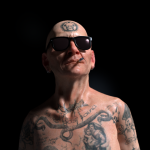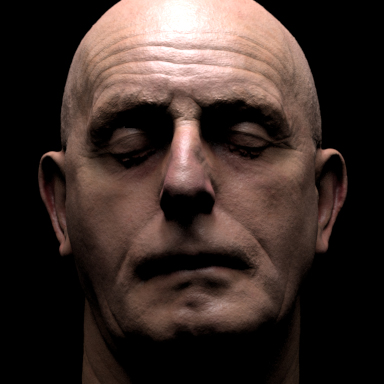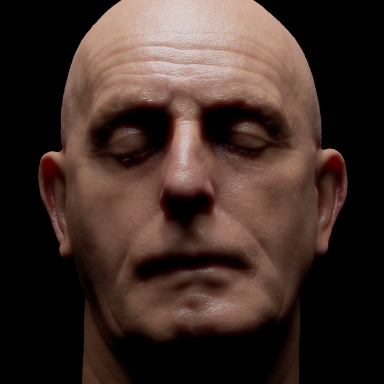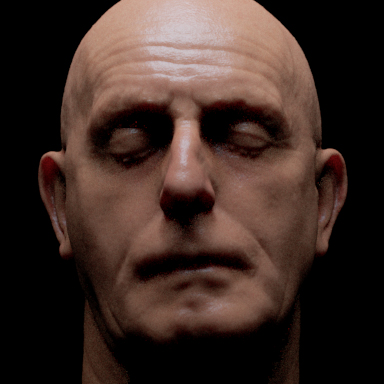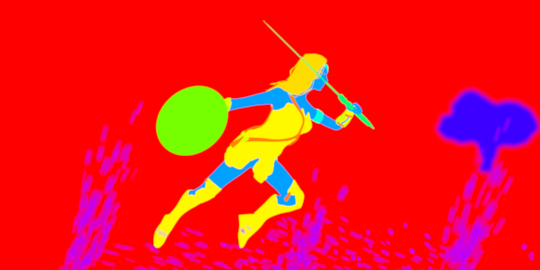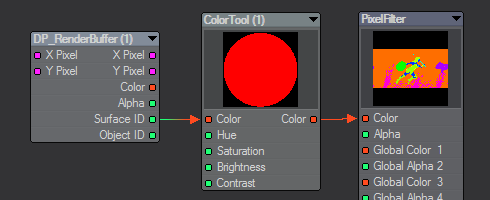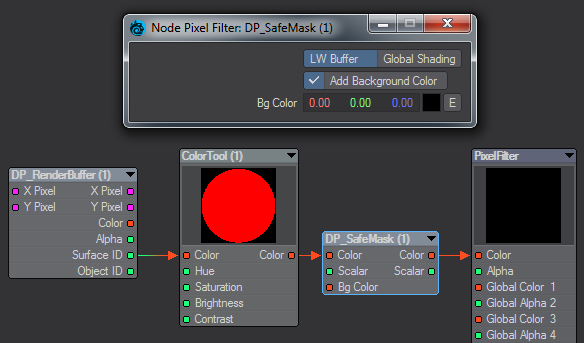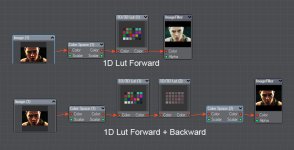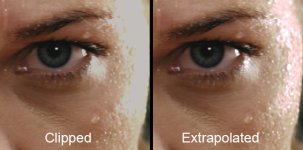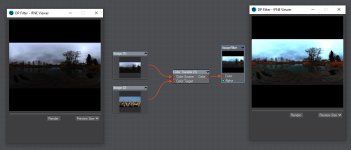Quantenschaum
Nonplanar Triangle
thx in advance! 
i recently took a very old scene and character, updated it to LW2018 PBSDF material only, even for the Skin. it was almost impossible to render without fireflies, pretty much exclusively on the skin and of course due to use of 'clearcoat', which looks pretty. your simple DP_Median node chain saved me! in this special case i could even make use of the SurfaceMask node, to restrict median filtering to skin only. tiny bit awkward, but it worked in this case. it really only got rid of the flies, while retaining the fine skinpore specular pixels. i could render with very low quality settings overall: Reflect 2, Subsurf 4, Radio: 8, Camera 1/8.
pic: View attachment 143866
movie w audio (seems to default to 360p but is 720p, fullscreen only via youtube):
i recently took a very old scene and character, updated it to LW2018 PBSDF material only, even for the Skin. it was almost impossible to render without fireflies, pretty much exclusively on the skin and of course due to use of 'clearcoat', which looks pretty. your simple DP_Median node chain saved me! in this special case i could even make use of the SurfaceMask node, to restrict median filtering to skin only. tiny bit awkward, but it worked in this case. it really only got rid of the flies, while retaining the fine skinpore specular pixels. i could render with very low quality settings overall: Reflect 2, Subsurf 4, Radio: 8, Camera 1/8.
pic: View attachment 143866
movie w audio (seems to default to 360p but is 720p, fullscreen only via youtube):
Attachments
Last edited:

